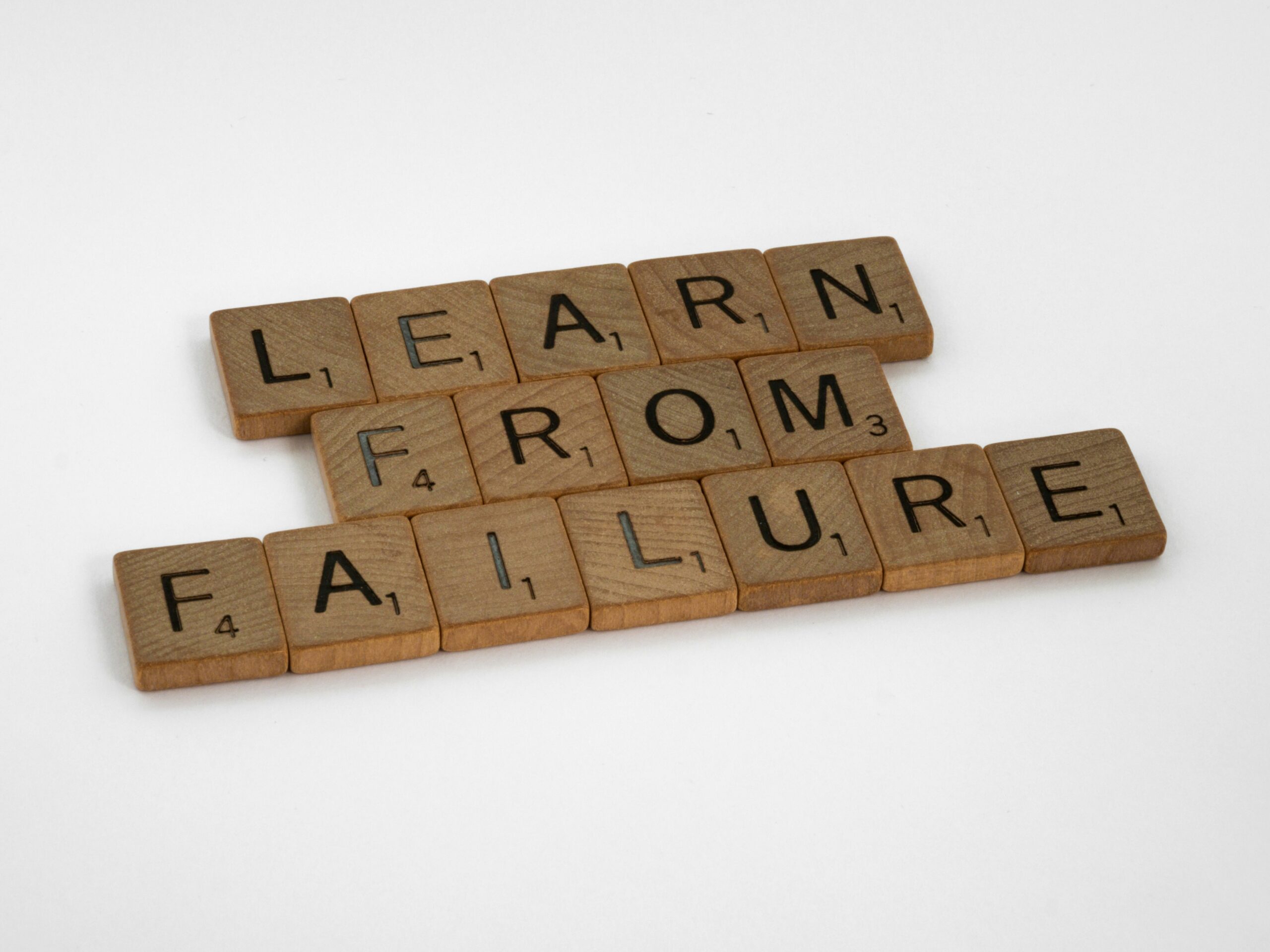Product Roadmapping is one of the most in-demand skills listed in job descriptions for Product Manager roles. So what is a Product Roadmap, and how do you build one that will lead your Product towards success?
A Product Roadmap is a visual document that maps out the evolution of your product over time, usually showing what kinds of features, enhancements or initiatives will be undertaken and when. Essentially, it is a document that communicates how a Product’s vision and strategy is going to be achieved within a given time frame.
When a Product Roadmap is built effectively, it provides the entire company with clarity around what is being worked on and why. Roadmaps that are clearly communicated to the entire company can also create alignment across departments and can rally team members around the company’s goals. Within development teams, a Product Roadmap can also become a useful reference point to be used when there is conflict or uncertainty around priorities.
What should a Product Roadmap include and how should it look?
A Product Roadmap can take many shapes or forms, but the key thing to remember is that by looking at the Product Roadmap, any individual within your business should be able to understand not only the company’s high level goals, but also how those goals will be achieved, ie what individual teams are going to be working on building from week to week, or month to month.
Below is an example of a quarterly Product Roadmap for an E-commerce company:
A few key things to note about this Product Roadmap:
- This product roadmap shows two development teams: the Web team and the Mobile team. This can obviously look different based on the teams that exist within your company, whether those teams are arranged by Product area, or by platform. Some Product Roadmaps even include non-development teams, like Marketing and Customer Care. One example of a use-case for this could be in the run-up to a big launch, where you need to understand go-to-market preparations and activities that are going to be carried out before & after the product’s launch by different teams. Depending on the size and structure of your company and the nature of your product, you can decide which teams are appropriate to show in the roadmap.
- Each feature or initiative is tied to a company goal and is color coded accordingly. This helps anyone looking at the roadmap to understand at a high-level, the ‘why’ behind each product initiative.
- The time horizon shown in this product roadmap is 3 months, however, what time horizon you decide to use could differ. Software companies most commonly build roadmaps for a 4-6 month time frame (with the 2nd most common time horizon being 1 year)1. This is because software companies, specifically those that adopt Agile practices, commonly work in a fast-changing and dynamic landscape where market needs or product requirements can change fast. This would make planning too far in advance pointless since those plans might need to be changed every few months. Industries such as manufacturing are known to build out roadmaps for 1-3 years and given the longer lead times for manufacturing physical goods, that makes sense.
Surveys have found that teams that adopt tighter roadmap timeframes report up to 20% more effective prioritization, so there is definitely evidence supporting keeping your roadmap time horizon limited2. However, for the purposes of planning your resources, knowing at least what the next 3 months will look like is ideal so try not to pick a time frame shorter than that.
So now that you know what a good Product Roadmap looks like, how do you actually build one? Below are the 5 steps to building an effective Product Roadmap:
1. Understand your company’s goals
The roadmapping process begins with understanding the overarching goals of your company. What business results is your company seeking to achieve in the next 12 months? Which customer problems are they looking to solve and what is the vision for the Product’s evolution in the long term?
Your company could have specific goals, like increasing revenue or retention, or you could be looking to solve a specific problem like a declining NPS or a poor conversion rate on mobile devices.
2. Roadmap Idea generation
Once you understand the goals of the business, your next step is to brainstorm ideas for how to achieve those goals through your Product. Refer to your Product Backlog for ideas, and undertake brainstorming sessions & workshops in order to generate new ones. This activity should ideally not be done in isolation within the Product team. It’s important to get the feedback of every department, from Marketing, to Customer Care, so that you can get everyone’s unique perspective on how to help the business achieve its goals. Involving different teams from your company will also ensure that the finalized Product Roadmap provides a direction that everyone feels they contributed to and are accountable for.
3. Roadmap Estimation & Prioritization

Once you have a list of ideas, do a rough estimation of each of them. At this stage, you simply need to know whether an idea is small, medium or large in terms of effort. Ie, you need to know whether the feature will take 6 months to develop vs 1 month.
You also need to determine an estimated impact of each idea. Think about how the idea will impact your business and your customers. Is it something that will increase revenue? If yes, by how much? Or is it something that will make your internal teams work more efficiently? If yes, how much time could this save your team? Or is it something that will improve customer satisfaction? There is no way to precisely predict the results of launching a new feature, however based on the data available to you, try to come up with High, Medium or Low impact scores for each idea, and make sure the kind of impact (eg: revenue vs cost saving) is clear. The impact estimation activity is also another one that should ideally be done collaboratively with other teams, though it should be led by the Product team.
The above inputs (estimated effort & impact) will help you to prioritize ideas for your Roadmap.
4. Build & Present your Product Roadmap
Once you have a prioritized list of ideas, fit them into your roadmap based on the resources you have available. You can build your Product Roadmap using whichever tool suits you. You can use Google Sheets to build a simple one, or you could use Roadmapping tools like Aha or even project management tools that have roadmapping features like Asana.
When you’re building your roadmap, it is really important at this point to take into account dependencies. Using the above roadmap as an example, would it make sense for a feature like Push Notifications to be built and shipped before a My Profile section is ready? Probably not, because a My Profile section is where users would manage their notifications. That is why the My Profile feature needs to be prioritized before the Push Notifications. Other dependencies could include technical upgrades or refactors that would need to be made before a certain feature can be shipped or even worked on – so ensure that you’re collaborating with the Development team to uncover such dependencies.
Ideally, once you have a first draft of our Roadmap, you should present it to Senior leadership to get their feedback. Once you have incorporated that, get ready to present it company-wide! This is a really important step because everyone needs to understand and be on board with the direction the Product is taking. If there is something super technical in your roadmap, now would be a great time to explain it to the company. It’s also a great opportunity to answer questions and to create a sense of transparency around the work being done by the Product team.
Once it has been presented to the company, make sure it’s accessible to everyone for future reference. Whether you do this by emailing it to the entire company or by posting it in a shared Google Drive or Dropbox folder, or even by pinning it to a company-wide Slack channel is up to you, but it’s important that anyone can refer back to it when needed.
5. Review & repeat
The last step is for you to review the progress made against your Product Roadmap and then to repeat the above process again every few months. If your roadmap is quarterly, once you are almost into the 3rd month of the quarter, start reviewing and planning for the next quarter’s roadmap, and so on.
_________________________________________________________________
The steps above are a general guideline on how to build effective Product Roadmaps. The most important thing is to remain agile throughout the process and to modify it based on your company’s needs and the changing market conditions. Embrace the process, iterate as needed and watch as your vision transforms into a tangible and successful reality for your Product. Good luck!
_________________________________________________________________
To learn more about Product Roadmaps, take my course!




Leave a Reply